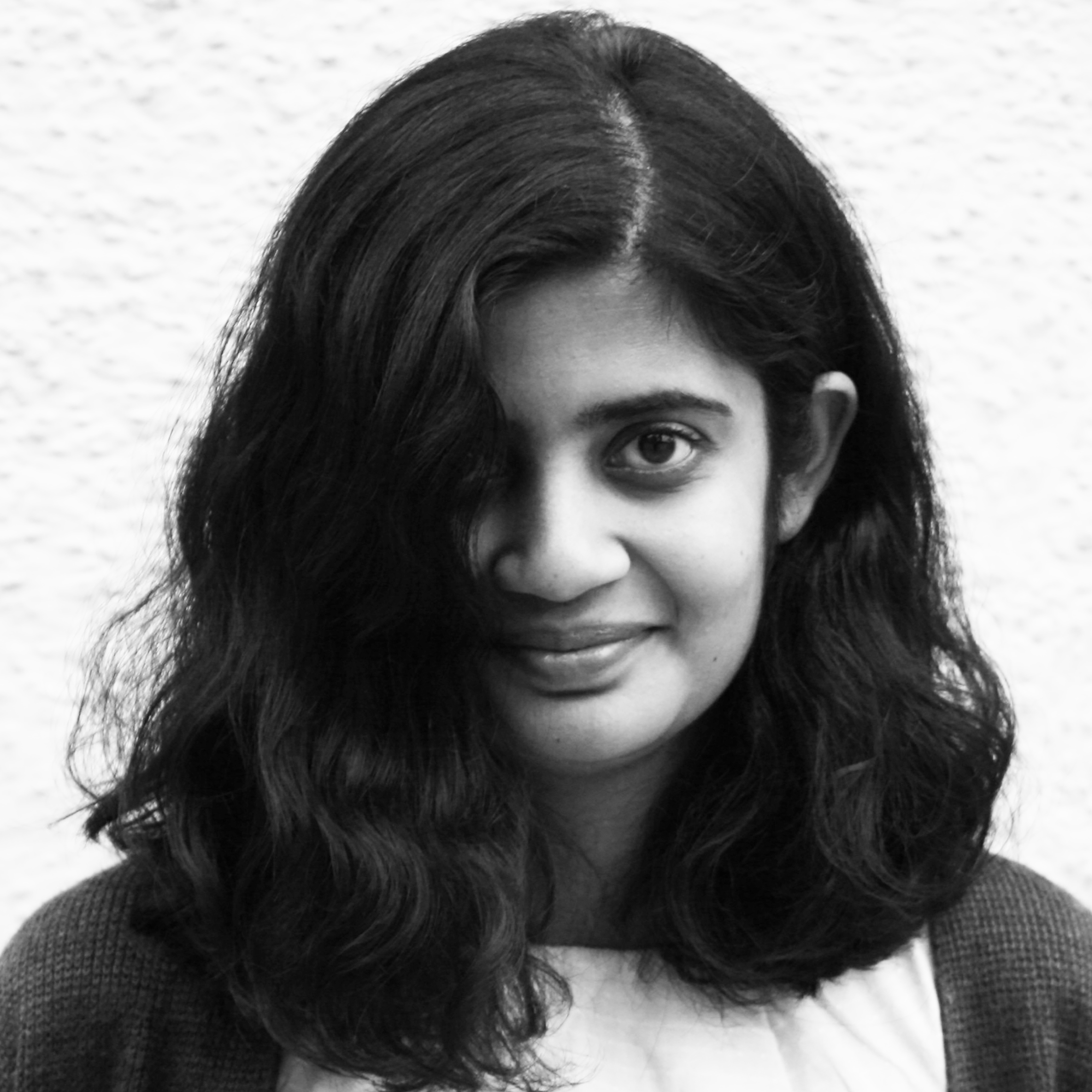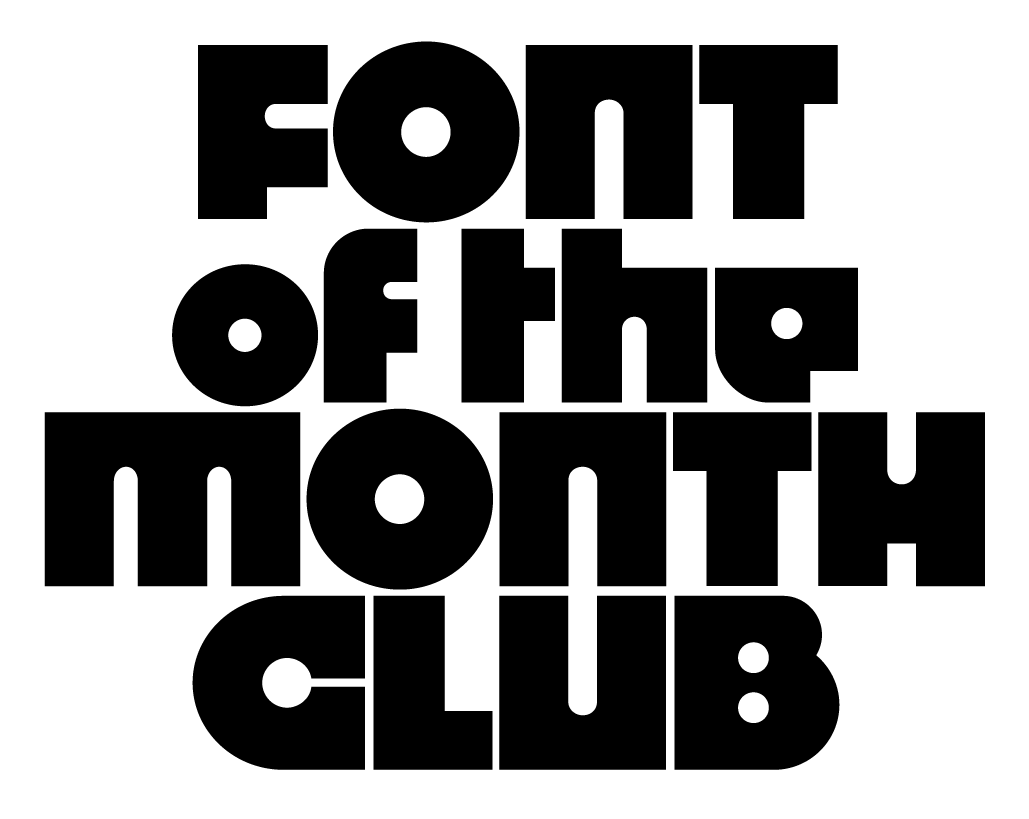A New Old Idiom of Design
Session 7
Sunday, 3 October 2021
10:30 AM CST – 11:00 AM CST
Talk
History
- English
Through this talk, we will take a sojourn in the northern plains of India in the nineteenth century during the heyday of lithographic book printing in the region to take a peek at how local printing and book design flourished, and the lessons that may offer for us today. At the time, lithographed books produced by local publishers were a stepping stone between handwritten manuscripts and Western books. And even though they were soon over-ridden by their letter-pressed counterparts, they are excellent examples of a design idiom that was at once vernacular and cosmopolitan. It developed free from the constraints that metal type imposed on the letterforms of Devanagari and Nastaliq scripts, and from its limitations when it came to syncretic arrangements of text and images. Instead it begat striking visual compositions, and ingenious reproduction techniques unique to lithography. The content of the books was carefully chosen to appeal to an audience more familiar with oral knowledge traditions, and came with different types and levels of literacy, rejecting colonial impulses. Not to mention, the books were purposefully ornamental and multilingual, without any preoccupation with “minimalism” or the duress of treating vastly different scripts visually alike. This often-forgotten chapter of book design from India, introduced in the talk, will open up new possibilities of thought as well as practice for contemporary type designers and typographers to explore and learn from.
-
Pooja Saxena
India
Pooja Saxena is a typeface designer, letterer, typographer, and occasional design educator from India. Her work is focused on Indic scripts, Devanagari in particular. Pooja studied typeface design at the University of Reading (UK), and works part-time as a designer and font engineer at TypeTogether. Since 2017, she has conducted type walks in Delhi and Bangalore. Pooja is an avid collector of newspapers, stamps, and books, and documents street lettering. A language enthusiast, she is currently learning Punjabi and Spanish. In her spare time, Pooja cooks, reads, draws, and attends to her plants.







